Chicken Tenderloin or Breast: Which One’s Better?
Chicken tenderloin differs from breast in several important ways that every home cook should understand.
This comparison reveals nuances in texture, flavor, and cooking methods that can elevate your next meal.
The tenderloin actually comes from under the breast but maintains its own distinct characteristics.
Many professional chefs prefer tenderloins for certain recipes due to their naturally moist quality and quick cooking time.
Each cut offers unique benefits depending on what dish you plan to create.
The breast provides more versatility and surface area for various cooking techniques, while tenderloins excel in fast, high-heat preparations.
By understanding these differences, you can make better decisions for your specific cooking needs and take your chicken dishes to the next level.
All You Need to Know about Chicken Tenderloin
Chicken tenderloin refers to that small muscle attached underneath a chicken's breast, though many people incorrectly call it a chicken tender. To keep things clear, we should stick with "tenderloin" since "tender" often means a fried dish made from this cut or other white meat portions.
Each chicken has exactly two tenderloins, which appear as thin, long strips that can be carefully removed from the breastplate. These pieces are quite tiny, making them easy to overlook if you're new to preparing chicken dishes.
Their small size doesn't match their big flavor potential in various recipes, from simple grilled options to more complex meals where their tenderness really shines through.
Overall Info of Chicken Breast
Chicken breast sits next to two tenderloins and comes split in half at most stores. Shoppers can choose between bone-in and boneless varieties depending on their needs.
Chicken breast is a lean, versatile protein staple in many cuisines, prized for its mild flavor and relatively low fat content (especially skinless, boneless cuts).
It’s rich in high-quality protein, supplying essential amino acids for muscle repair and satiety, while being lower in calories compared to fattier cuts; it also contains B vitamins (especially niacin and B6), phosphorus, and selenium.
Because of its mild taste, it absorbs marinades and seasonings well, making it suitable for grilling, baking, poaching, sautéing, stir-frying, and shredding for salads, tacos, and soups.
Chicken Tenderloin vs Breast: How To Set Them Apart
Chicken breast and tenderloin have clear differences. They matter because each cut needs its own approach to turn out perfectly on your plate.
Check below comparison table for better view.
| Feature | Chicken Breast | Chicken Tenderloin |
| Location | Outer chest muscle attached to ribs | Long strip under the breast (inner) |
| Shape | Oblong, thicker | Narrow, tapered strip |
| Size | Large (serves 1–2) | Small (single-serving, bite-sized) |
| Raw Texture | Plump but coarser; can have “woody” issues | Leaner and naturally more tender |
| Cooked Texture | Firmer, can dry out if overcooked (often tenderized) | Soft and juicy when cooked properly |
| Flavor | Mild/bland (improves with marinades); bone-in/skin-on richer | Slightly more pronounced, some consider it tastier on its own |
| Versatility | Very high—absorbs flavors, works in almost any preparation | Moderate—best for quick or gentle cooking (frying, baking, poaching) |
| Cooking Time | Longer (due to size/thickness) | Shorter (small and uniform) |
| Recommended Methods | Grilling, baking, sautéing, brining, pounding, marinating | Pan-fry, bake, steam, poach, light fry; works well in quick recipes |
| Nutrition (per 100g, raw) | Higher protein, lower fat, lower sodium | Slightly fewer calories but a bit more fat/sodium than breast |
| Price | Lower (more economical) | Higher (premium, smaller portion) |
Meat Location
Chicken tenderloin is a distinct strip of muscle tucked under the larger chicken breast. It's a separate, inner portion that’s only visible once the breast is deboned.
The breast itself is the outer chest muscle attached to the ribs and is a much bigger, standalone cut. That anatomical difference means tenderloins are naturally more uniform and private in texture, while breasts are broader and can vary in thickness and grain.
Shape
The breast is oblong and thick, often with a tapering end and sometimes uneven thickness that cooks unevenly if not prepped.
Tenderloins are long, narrow, and tapered in a consistent strip, making them easier to portion evenly; they lack the bulky mass of the breast and have a more refined, knife-friendly profile for quick searing or skewering.
Size
A whole chicken breast is large enough to serve one or two people and can be split, stuffed, or sliced into multiple portions.
Tenderloins are much smaller, often a quarter to a fifth of the breast’s size, serving as single-bite or individual pieces ideal for kids, skewers, or quick protein additions without further butchering.
Texture (raw vs cooked)
Raw, tenderloins are lean and already tender, with a finer grain, whereas breasts are plumper but coarser and sometimes suffer from “woody” or uneven texture that may need pounding or marinating to soften.
Cooked tenderloins stay juicy and soft with minimal effort, while breasts can dry out or become tough if overcooked unless brined, butterflied, or properly rested.
Flavor
Both are mild, but tenderloins carry a slightly more concentrated, naturally appealing meatiness, whereas breasts are often described as blander - making them a blank canvas.
That said, bone-in or skin-on breast preparations boost flavor significantly, and both cuts respond strongly to seasoning; their perceived difference often comes down to cooking technique and accompaniments.
Ideal Cooking Methods
Breasts benefit from techniques that preserve moisture, such as brining, marinating, sous-vide, pounding flat, or cooking with skin/bone to lock in juices, then grilling, roasting, or sautéing. Tenderloins excel in direct, high-heat, quick methods like pan-searing, stir-frying, shallow frying, or baking as small pieces; they also work well in light poaching or steaming where their tenderness is highlighted without overcooking.
Cooking Time
Tenderloins cook faster and more predictably because of their uniform, thin shape, ideal for quick sautés, grilling, or poaching.
Breasts, especially whole or thick ones, require more attention: butterflying, pounding, or longer baking to ensure even doneness without drying, making their timing more variable unless prepped for consistency.
Nutrition
Per 100 grams, chicken breast is slightly leaner, offering more protein, less fat, and typically lower sodium than tenderloin, making it a top choice for calorie-conscious or athletic diets.
Tenderloins are still lean and nutritious but generally have a bit more fat and sodium by comparison; both are carbohydrate-free and rich in amino acids, but the breast edges out for pure protein density.
Price
Despite being larger and nutritionally superior in some metrics, chicken breast is usually less expensive and more widely available, making it a cost-effective staple.
Tenderloins carry a premium due to their tenderness, smaller individual portion size, and perceived convenience, so they often cost more per pound even though they’re a smaller yield.
Preparing and Cooking Chicken Tenderloin and Breast
Preparing chicken breast and tenderloin differs because of their shape and structure.
If you have a bone-in breast with attached tenderloins, start by laying it on a clean board, drying the surface so it won’t slip, and using a sharp knife to slide along the breastbone and gently separate each tenderloin, then trim off any excess fat or cartilage.
You can also cut the larger breast across the grain into strips if you need more “tenders.”
For better flavor absorption, score shallow slashes in the tenderloin before marinating; a simple mix of lemon juice, olive oil, salt, and pepper works fast and bright, or get creative with herbs and spices.
Ideal Cooking Time
This table compares common cooking methods for chicken breast and tenderloin, showing temperatures and approximate cook times so you can choose the right technique and timing.
| Method | Temp | Tenderloin Cooking Time | Breast Cooking Time |
| Baking | 375°F | 20–25 min | 20–30 min |
| Deep-frying | 375°F oil | 6–8 min | 20–25 min |
| Grilling | 425–450°F | 3–4 min per side | 10–15 min total |
| Steaming | 165°F (internal target) | <10 min | ~20 min |
How to Store Chicken Meat
Raw and cooked chicken must be stored in a fridge or freezer. Remember, always discard chicken left out above 40°F for more than 2 hours (1 hour if ambient is above 90°F).
You should also use separate cutting boards for raw chicken and wash hands/utensils to avoid cross-contamination.
| State | Refrigerator | Freezer |
| Raw chicken | 1–2 days | 9–12 months (best within 6–9) |
| Cooked chicken | 3–4 days | 2–3 months |
Raw Chicken
Keep raw chicken (breast, thigh, whole, etc.) in its original packaging if using within 1–2 days - store it in the coldest part of the fridge (≤40°F / 4°C) and place it on a plate or tray to catch drips.
For longer storage, freeze it as soon as possible: ideally vacuum-seal or double-wrap in airtight freezer bags, removing excess air. Raw chicken keeps up to 9 months in the freezer (breasts/thighs) and about 1 year for whole chicken, though quality is best sooner.
Thaw frozen chicken safely in the refrigerator (overnight), in a sealed bag submerged in cold water (change water every 30 minutes), or in the microwave if cooking immediately- never thaw at room temperature.
Cooked Chicken
Cool cooked chicken quickly (within 2 hours), then store in airtight containers. In the fridge, it keeps 3–4 days.
You can also freeze cooked chicken in portioned, sealed containers or freezer bags; it remains good for 2–3 months without major quality loss. Reheat to an internal temperature of 165°F (74°C) before eating.
Got Questions? We’ve Got Solutions
1. Where are chicken tenderloins located on the chicken?
Chicken tenderloins are small strips of meat attached to the underside of each breast. They're separate muscles connected by a thin membrane and are typically more tender than the breast itself.
2. Are chicken tenderloins more expensive than breasts?
Yes, tenderloins generally cost more per pound than chicken breasts because they're smaller, more tender, and require extra processing to separate them from the breast.
3. Do chicken tenderloins cook faster than breasts?
Yes, tenderloins cook more quickly than whole breasts due to their smaller size and tender texture. This makes them ideal for quick weeknight meals when you're short on time.
4. Can I substitute chicken breast for tenderloins in recipes?
Absolutely! Just slice chicken breasts into strips similar to tenderloin size. They'll take slightly longer to cook and might be a bit less tender, but will work well in most recipes calling for tenderloins.

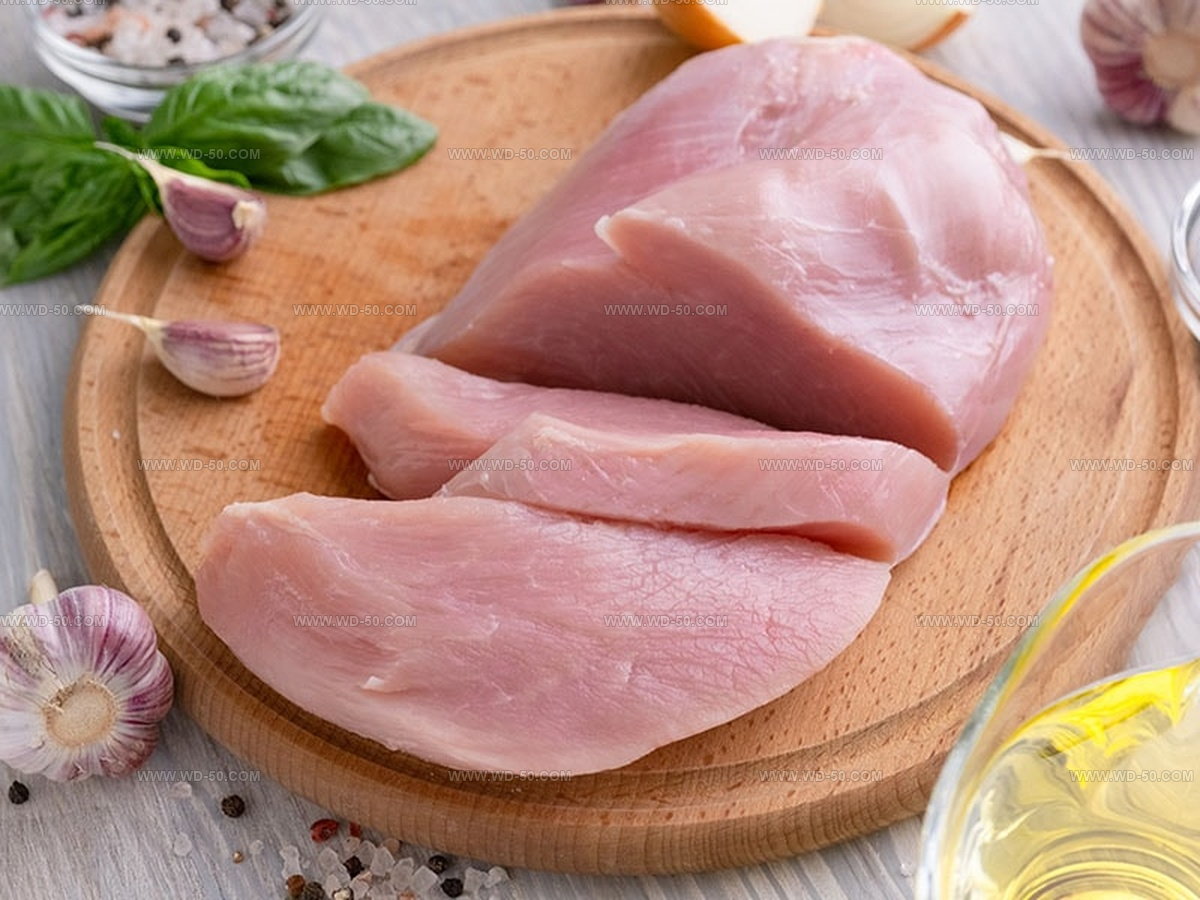
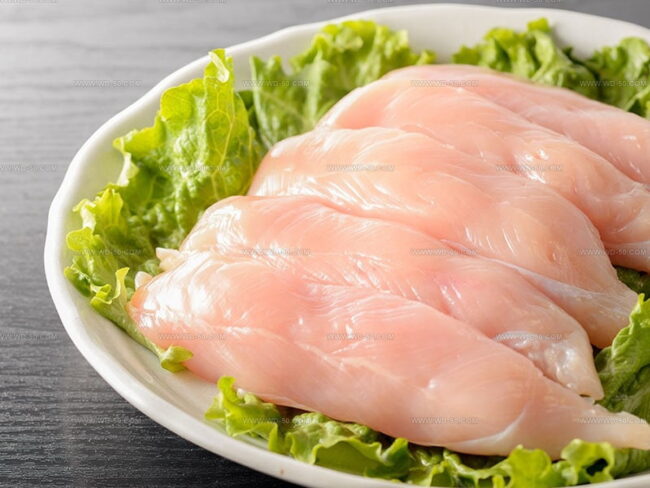
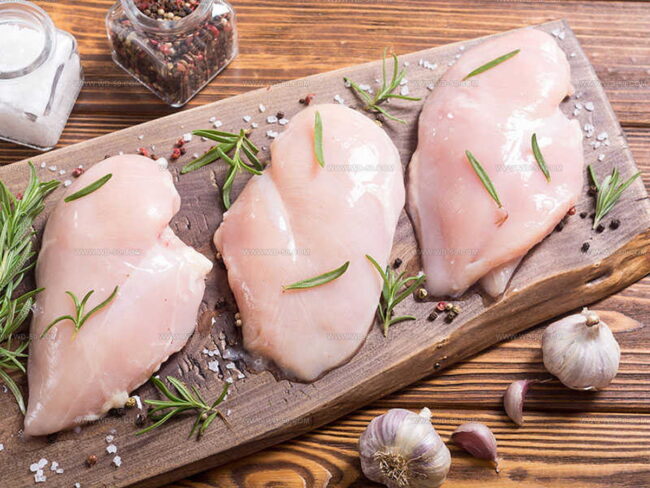
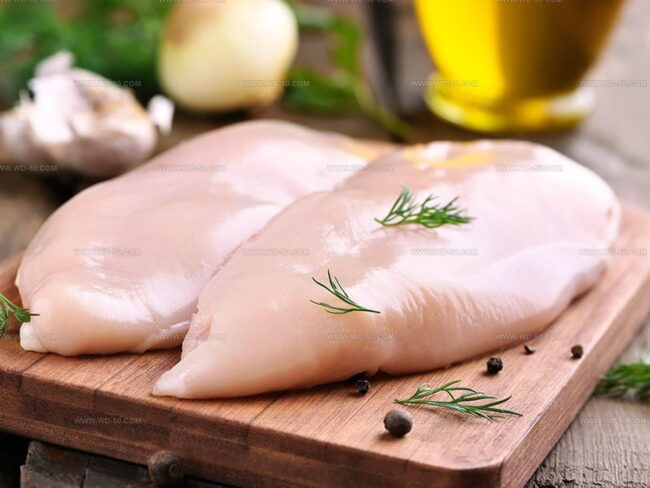
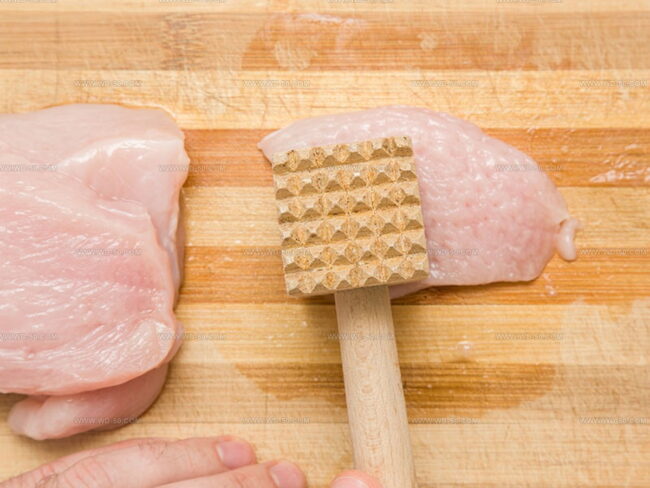
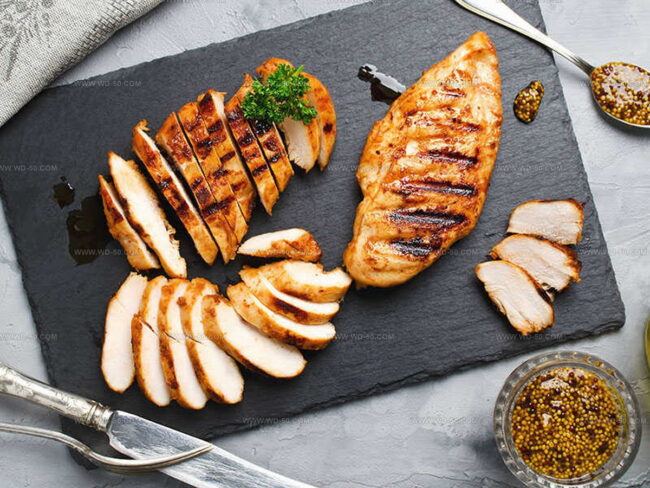
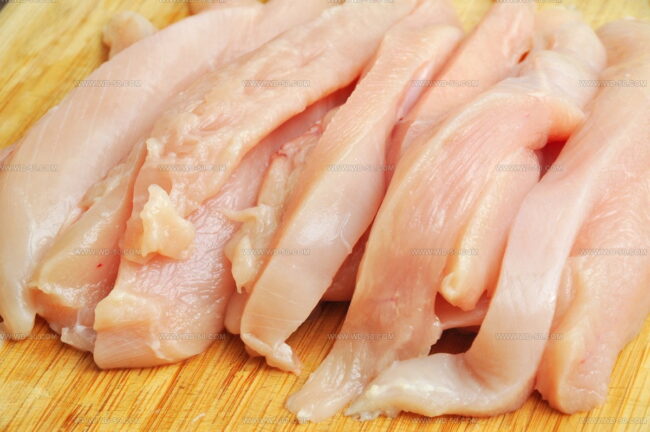
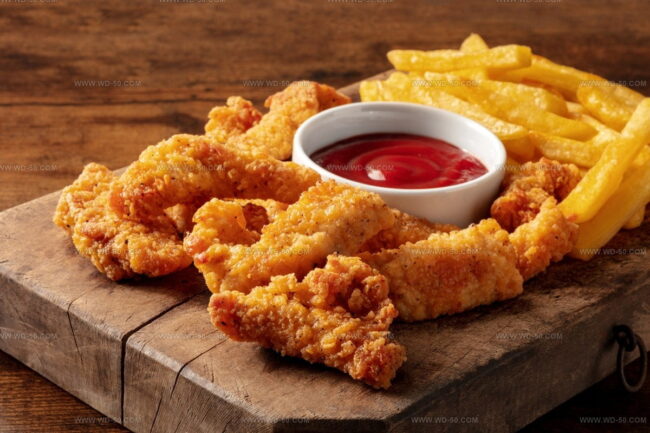
Michael Reynolds
Founder, Head Recipe Developer & Cuisine Specialist
Expertise
Recipe Development and Testing, Modern American and European Cuisines, Food Styling and Photography, Culinary Education and Workshops
Education
Johnson & Wales University
Auguste Escoffier School of Culinary Arts
Michael Reynolds is the founder and head recipe creator at wd-50.com. With over 15 years of experience in the kitchen, he’s spent time working in top restaurants and now focuses on making great food easy for everyone at home.
Michael studied culinary arts at Johnson & Wales University and later trained in pastry at the Auguste Escoffier School. He knows his way around both savory meals and sweet treats.
At wd-50.com, his goal is to help you feel confident in the kitchen, whether you’re trying something new or cooking a favorite dish. He loves using fresh ingredients and simple steps that still bring out big flavors.